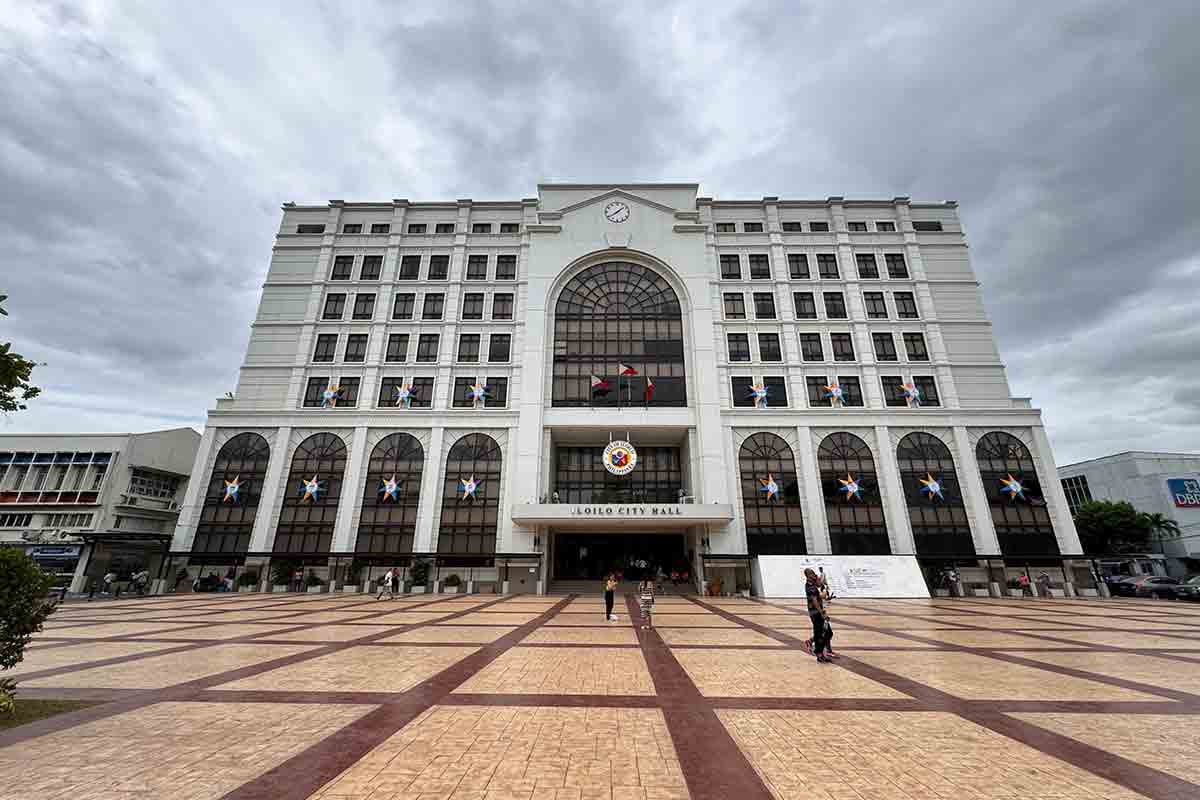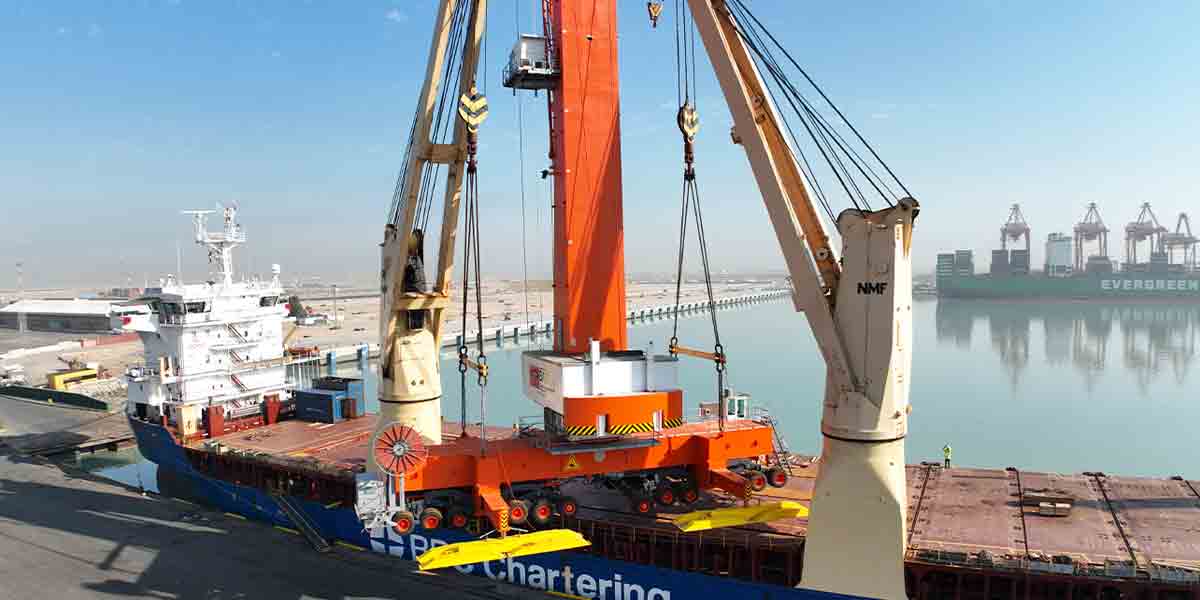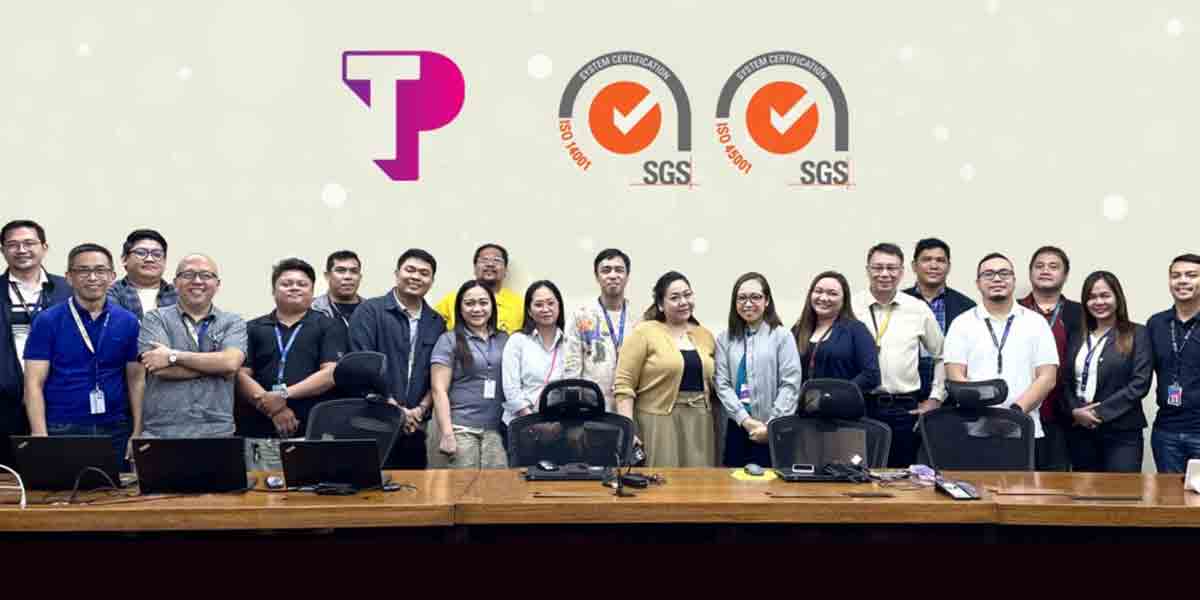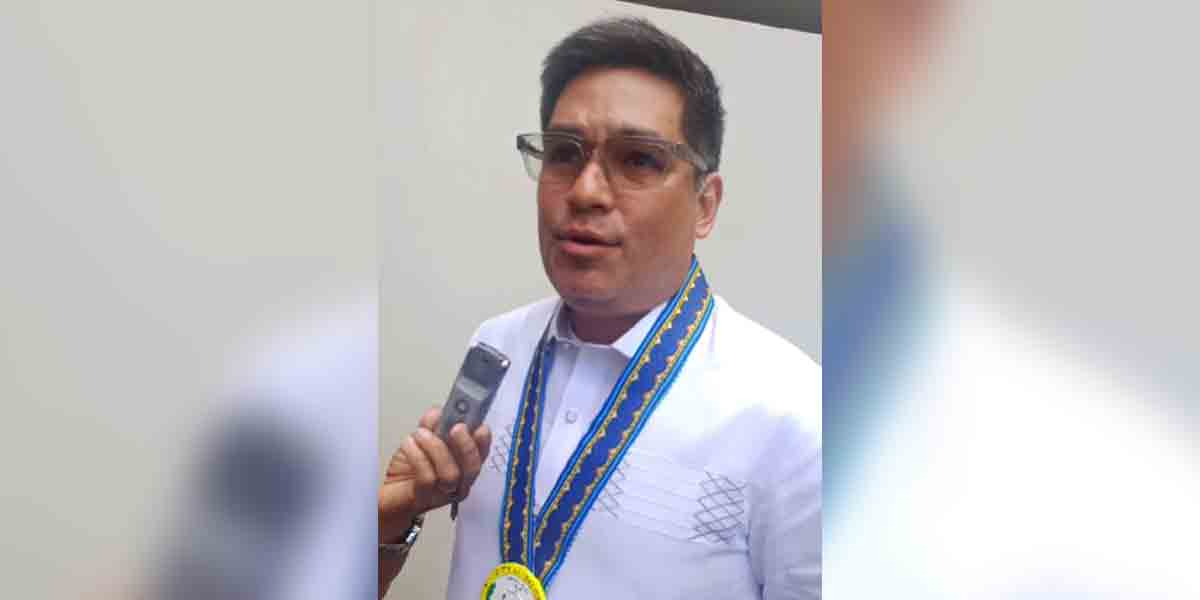By Richard Javad Heydarian
Just weeks into Ferdinand Marcos Jr’s presidency, the Philippines is seriously recalibrating its once-intimate relations with China.
The Philippine Department of Transportation (DOTr) has announced that it has effectively canceled three major railway projects with Chinese counterparts initiated under the previous Rodrigo Duterte administration.
According to Undersecretary for Railways Cesar Chavez, Beijing failed to act on repeated financing requests by the previous Duterte government, which heavily banked on Chinese Belt and Road backing for its massive “Build Build Build” infrastructure-spending spree.
The negotiations for big-ticket Chinese infrastructure projects began in 2018 and were subsequently approved by the National Economic and Development Authority (NEDA). The bulk of financing for the projects was supposedly based on official development assistance (ODA) loans from China, which promised up to US$24 billion in investments during Duterte’s maiden visit to Beijing in 2016.
Of 27 deals signed between China and the Philippines during Duterte’s visit to Beijing in October 2016, China originally agreed to provide $9 billion in soft loans, including a $3 billion credit line with the Bank of China, with a further $15 billion worth of direct investments from Chinese firms in railway, port, energy and mining projects. The agreement didn’t specify a timeline, reports said at the time.
The new Marcos Jr government has expressed its commitment to reactivate defunct projects worth 276 billion pesos ($5 billion) and stretching across major Philippine islands, but has raised concerns over perceived as exorbitant interest rates compared to alternative donors such as Japan. Earlier this year, the Philippines also suspended long-running negotiations with China over disputed energy resources in the South China Sea.
China has tried to downplay these setbacks by insisting that bilateral relations are on a good trajectory and speaking of “a new era of China-Philippine friendship” under the new Filipino president.
The Asian powerhouse, however, has likely by now realized that things won’t be business as usual under Marcos Jr, who has already taken a tougher stance on the South China Sea disputes and pursued a far more balanced approach to major powers than his Beijing-friendly predecessor.
Just months ahead of Marcos Jr’s presidential victory, China remained highly optimistic about the incoming administration.
After all, the Marcoses, the overlords of the northwestern province of Ilocos Norte, have maintained diplomatically cordial and commercially fruitful relations with China throughout the decades. Former Filipino strongman Ferdinand Marcos (1965-1986), Marcos Jr’s father, was also among the first US allies to establish formal diplomatic relations with Maoist China in the mid-1970s.
Earlier this year, Chinese Ambassador to Manila Huang Xilian waxed poetic about the positive trajectory of bilateral relations in recent years, emphasizing how as “[bilateral] cooperation projects and China’s investment projects in the Philippines [come] to fruition, more opportunities and dividends will be generated to benefit the peoples of both countries, and contribute to economic recovery and people’s livelihood in the Philippines.”
In 2020, bilateral trade reached $61.2 billion, with China emerging as the Philippines’ second largest export destination. China’s direct non-financial investment in the Philippines reached $140 million that year.
The Chinese ambassador spoke of several multi-billion dollar investments in the Philippines’ telecommunications, manufacturing and steel industry, which could elevate bilateral relations to new heights.
Following his election victory, Marcos Jr largely reciprocated Beijing’s optimism by describing China as the Philippines’ “strongest partner”, which will be crucial to keeping “the stability of our economic recovery” amid the Covid-19 pandemic.
Between 2023 to 2028, the Marcos administration is aiming to maintain infrastructure spending as a share of gross domestic product (GDP) between 5-6%.
So far, the Department of Public Works and Highways (DPWH) has announced that the previous administration only completed 12 out 119 flagship projects (IFP) under its “Build Build Build” initiative, which failed to deliver on its total price tag of 5.08 trillion pesos ($100 billion).
But with debt levels reaching a 16-year-high last year, and the budget deficit expanding amid pandemic recovery expenditures, the Marcos administration is in dire need of external financing for its ambitious infrastructure agenda.
China pledge trap
The problem, however, is that China has so far proven as a largely unreliable ally on this front.
While China’s flagship infrastructure investment projects during the Gloria Macapagal Arroyo (2001-2010) government were mired in corruption scandals, the Duterte administration (2016-2022) largely failed to attract any significant Chinese investments at all.
Instead of a “debt trap”, where countries are drowned in unsustainable debt, the Philippines became ensnared in China’s “pledge trap”, a series of empty promises that convinced the former Filipino president to soft-pedal on the South China Sea disputes.
As current Finance Minister Benjamin Diokno, who previously served as budget secretary and central banker under Duterte, recently admitted, “There were a lot of promises but [not] much was delivered.”
Now, the new DOTr undersecretary Cesar Chavez, who also served in the Duterte administration, has also underscored concerns about China’s earlier empty pledges.
The Marcos administration has recently announced that China effectively abandoned its involvement in three big-ticket projects, namely the Subic-Clark Railway Project; the Philippine National Railways (PNR) South Long-Haul Project; and Mindanao Railway Project (MRP).
The 142 billion peso ($2.5 billion) PNR South Long-Haul Project – also called the PNR Bicol Express – was earlier awarded to a joint venture of China Railway Group Ltd, China Railway No 3 Engineering Group Co Ltd, and China Railway Engineering Consulting Group Co Ltd.
Meanwhile, the 83 billion peso Tagum-Davao-Digos segment of the MRP was also awarded to Chinese counterparts. The 51 billion peso Subic-Clark Railway Project was awarded to China Harbor Engineering Co.
Yet, China repeatedly failed to act on requests for financing for the big-ticket projects, which heavily relied on Chinese engineering, equipment, labor and design.
“In short, China backed out,” DOTr undersecretary Chavez said in a recent public address. Nevertheless, the transportation official underscored the new government’s commitment to reactivate the projects in the absence of alternative bidders.
“Policy discussion on the way forward for the above three China ODA Rail Projects has also been initiated at the July 12 Cabinet meeting, during which [Marcos Jr] commented that as a matter of policy we should encourage more investment in rail and that we should focus more on rail transport,” he said.
The Marcos administration has also raised concerns over China’s perceived as high-interest rates of up to 3%, which is way higher than Japan’s 0.01% for ODA-based infrastructure projects. Even former finance secretary Sonny Dominguez has publicly warned the new administration against contracting Chinese loans with high-interest rates lest the country falls into a “debt trap” situation.
In response, the Chinese embassy has tried to play down the situation by invoking the extraordinary circumstances caused by the Covid-19 pandemic.
“Over the past two years, Covid-19 has impacted implementation of some projects, hindering the site availability, causing delays of procurement, affecting goods mobility, and so on. Despite those difficulties and challenges, our two sides have worked tirelessly to push the projects forward and yielded rich outcomes, spanning from anti-pandemic response, disaster relief to infrastructure, agriculture and other fields,” the embassy said.
China maintained that “[o]ur two sides have been negotiating technical issues and made positive progress to move the projects forward,” and that Beijing “is open for technical discussions over our G-to-G [government-to-government] projects and is ready to carry our cooperation forward in close communication with the Philippine new administration.”
With that track record, the Marcos administration is seeking alternative options including investments from established partners such as Japan as well as private financing. In particular, the new Philippine government is considering public-private-partnership (PPP) schemes for the billion-dollar Subic-Clark Railway Project and Mindanao Railway Phase 1 projects.
“We will continue BBB (Build Build Build). So we will consider all possible sources of funding,” said NEDA Secretary Arsenio Balisacan, who also oversaw PPP projects under the Benigno Aquino III (2010-2016) administration.
“Ideally, we would want the PPP to consider the solicited, the list of solicited public investment projects, and our immediate concern is to expand that list, update it, make it responsive to the private sector and the needs of our country.
“But at the same time of course, [we are] open to unsolicited to the extent that it does not distort, the unsolicited project does not distort for example the infrastructure roadmap,” Balisacan added, signaling a more calibrated approach to infrastructure investment based on a diversified pool of financing under the new administration.
Follow Richard Javad Heydarian on Twitter at @richeydarian






















